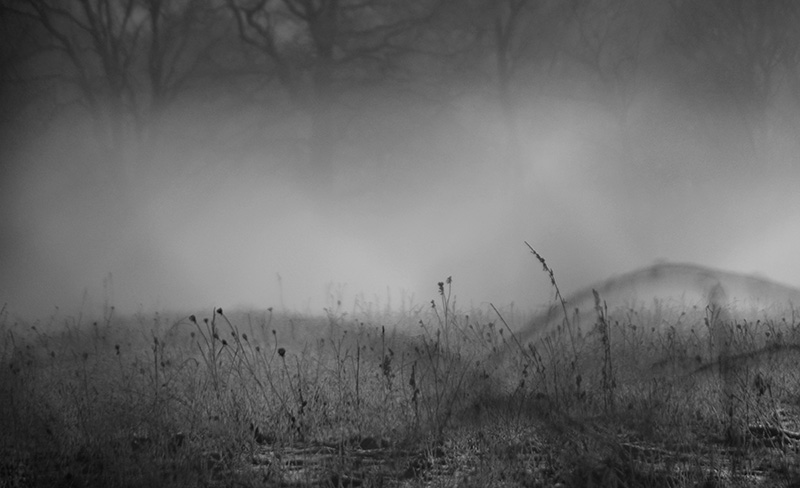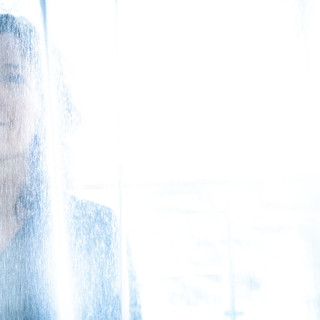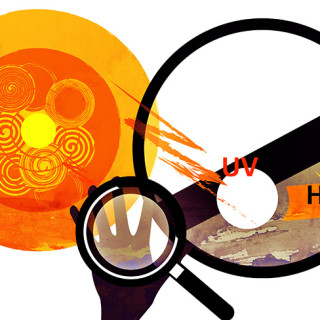Life on the bright side – about SAD
“‘Look on the bright side!’ – is something you might have been told when complaining about feeling tired and blue despite the Christmas holidays. But happy outbursts won’t help if you are someone who suffers from Seasonal Affective Disorder (SAD). However, light – a lot of light – in the form of light therapy can help you”, says Baba Pendse, consultant at Skåne University Hospital.
SAD IS AN AUTUMN AND WINTER DEPRESSION which is quite common in this part of the world. A few per cent of the Swedish population seek treatment, but many more are believed to have the disease in a milder form, known as winter fatigue.
SAD doesn’t exist in countries around the equator, but increases the further north (or south) you go. Winter depression and winter fatigue are therefore connected to the decrease in light intensity – the relative amount of daylight – during the winter months in the north. One hypothesis is that the bodies of people with SAD simply cannot keep up with the rapid change between winter darkness and spring light which upsets the production of the sleep hormone melatonin, for example.
“The more severe form of SAD is more than fatigue however”, explains Baba Pendse who has done research on patients with autumn and winter depression, and continues: “We have demonstrated that SAD patients have many severe symptoms of depression and that they also have weak social networks and poor social functioning”.
HOWEVER, THERE IS HELP, including in the form of the light therapy rooms at the Skåne University Hospital in Lund and Malmö, which are managed by Baba Pendse.
“Although we have not been able to show how light therapy works biologically, we see that it is effective, and that many patients are helped by the treatment. Each year we receive 50–60 new patients, so there is a major need and not enough rooms”, says Baba Pendse.
The light rooms use fluorescent tubes that are specially designed to resemble natural daylight, except that there is no UV radiation. The lamps provide a stronger, more scattered and short-wavelength, bluer, light than conventional fluorescent lamps.
“We now know that the biological effect is thanks to the blue light, and therefore we believe that the blue wavelengths help fight depression”, says Baba Pendse.
ALTERNATIVE FORMS OF LIGHT THERAPY have been developed in recent years, and Baba Pendse recommends patients who need regular long-term treatment to acquire special lighting at home and at work. For example, the patient could start with the light of dawn at home in bed that awakens the person gradually and then use light screens or light boxes to receive sufficient doses of bright light (1500–2000 lux) of the right wavelength to avoid depression.
“We recommend our patients to start by using the light screen every day for 10 days and then decrease usage to once a week or less frequent. But it is important that they receive good information on how they are to proceed”, she says.
So if you during the winter feel that you want to pull away from all socialising which you tend to find stimulating in the summer, it’s perhaps time to start looking at life on the bright side – that is, the bright side of a light screen!
Text: Pia Romare
Foto: Catrin Jacobsson
Facts
-
The sleep hormone melatonin
-
Melatonin is a sleep hormone produced by the brain’s pineal gland. The production is controlled by the amount of light entering through the eye retina. In broad daylight, melatonin production is low, but when darkness falls, the production increases which makes us sleepy and more able to fall asleep. When daylight returns, it activates various stress and alertness hormones that have the opposite effect.
-
Additional explanations for SAD
-
Researchers previously focused on the sleep hormone melatonin to explain the impact that light has on autumn and winter depression. Now they are more concerned with other neurotransmitters and hormones such as serotonin, dopamine, cortisol, noradrenalin, and how they regulate and are regulated by proteins.




